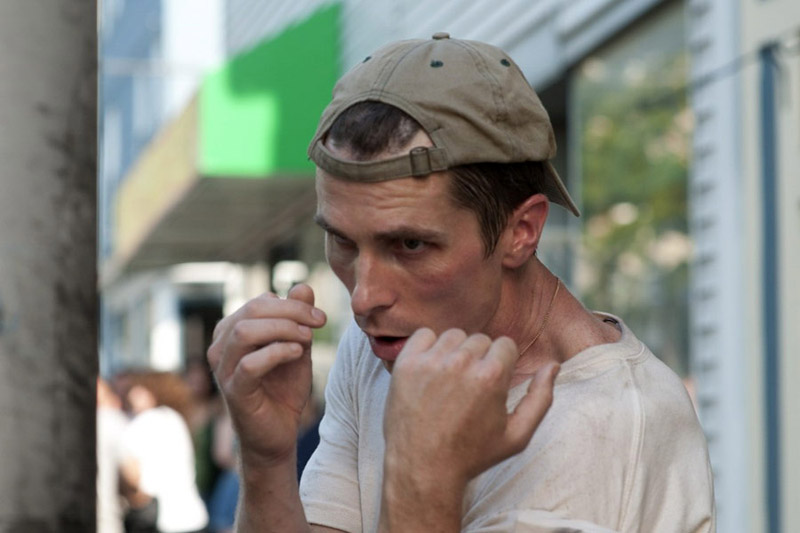
The general concept of change can really divide people, especially when it comes to artistic endeavours. Whether these changes are due to trends that are a way for the artist to move with the times, or simply for the artist to get out of their comfort zone and try something different, viewers will react differently. Some viewers want more of the same from a filmmaker they feel they could rely on, while other viewers will get bored of the filmmaker’s methods and want something fresh.
Film directors can have a long career making certain types of films, who usually work in a specific genre and are known to often use the same visual aesthetic, character traits, and other patterns seen throughout their filmography. However, like with life itself, things change, and so do the filmmaking styles and techniques of directors. As much as directors make films for audiences, directors are artists who want to evolve and explore new methods of working and storytelling for their own artistic satisfaction.
This article will talk about the filmmaker’s history as well as the films themselves. Many of the films that marked the director’s change in filmmaking were received with mixed results; some were heralded as masterpieces that marked a new golden era in the director’s career, while some left much to be desired and were considered inferior to the director’s previous work. Either way, these filmmakers should be admired for not resting on their laurels and actually trying to do something different.
This list is different from how some directors have made the odd film that is different from their usual style, like Wes Craven with “Music of the Heart” and Sidney Lumet with “The Wiz”, so such films will be excluded from this list. This list contains films that forever changed the director’s style that never looked back on their previous films.
1. 2001: A Space Odyssey (Stanley Kubrick, 1968)
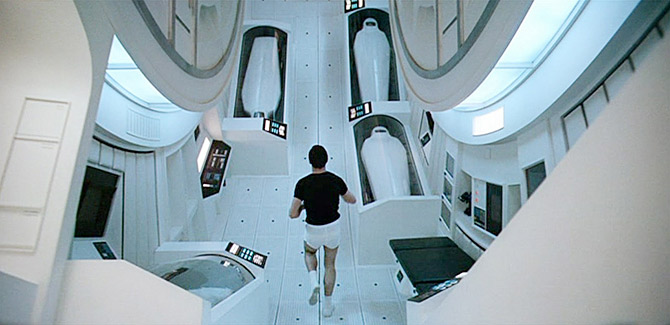
Stanley Kubrick is rightfully considered one of the best and most innovative filmmakers to have ever lived. While he was already a big player in Hollywood by the 1960s with acclaimed hits like “Paths of Glory”, “Lolita”, and “Dr. Strangelove”, it was Kubrick’s science fiction film “2001: A Space Odyssey” that changed both his filmmaking style and science fiction films.
“2001” is a technical achievement that still holds up nearly 50 years after its theatrical release. Kubrick insisted on making the film as accurate as possible with regards to the realities of living on and operating a space station.
A lot of research went into achieving accurate depictions of the subject matter of all of Kubrick’s following films, something that Kubrick and his staff put a painstaking amount of effort into and collected huge amounts of documents and photographs, as seen in the documentary “Stanley Kubrick’s Boxes”.
Kubrick became more innovative with cinematography when making “2001”. The first big change was making films in color rather than in black and white, which was necessary to capture the breathtaking moments in “2001”, such as the use of split-screen photography to create the ‘star gate’ sequence towards the end of the film when many vibrant colors are coming towards the protagonist.
Kubrick later used the Zeiss camera lens used in “Barry Lyndon” that were originally designed for NASA satellites and only used candlelight lighting to give the film the look of an 18th century painting. “The Shining” was one of the earliest films to use Steadicam to follow the actors as they moved throughout the Overlook Hotel. All of these methods would have been very time consuming for the film crew to achieve, but the great results are still spoken about all these years later.
The plots of Kubrick’s films became denser and more philosophical, whereas the plots of his earlier films were more straightforward. From detailing the evolution of man in “2001”, the issues of violence and freewill in “A Clockwork Orange”, the consequences of past violence and the supernatural in “The Shining”, the effects of war in “Full Metal Jacket”, and the difficulties of being faithful to your spouse in “Eyes Wide Shut”.
The performances from the actors are intentionally more cold and calculated, with gaps of silence between each actors’ dialogue that created an eerie vibe. The sets were grander and more lavish; his films prior to “2001” were typical of 1960s films, in that it was apparent that the action was happening on a sterile film set.
But after making “2001”, even the littlest detail was carefully constructed. The use of classical music throughout the rest of Kubrick’s career started in “2001”, and was most noticeably used again in “A Clockwork Orange” and “Eyes Wide Shut”.
Everything Kubrick did to make “2001” perfect was the origins of his reputation as a perfectionist that included actors doing numerous takes, and the overall film taking years, from the start of pre-production to completion.
2. Lost Highway (David Lynch, 1997)
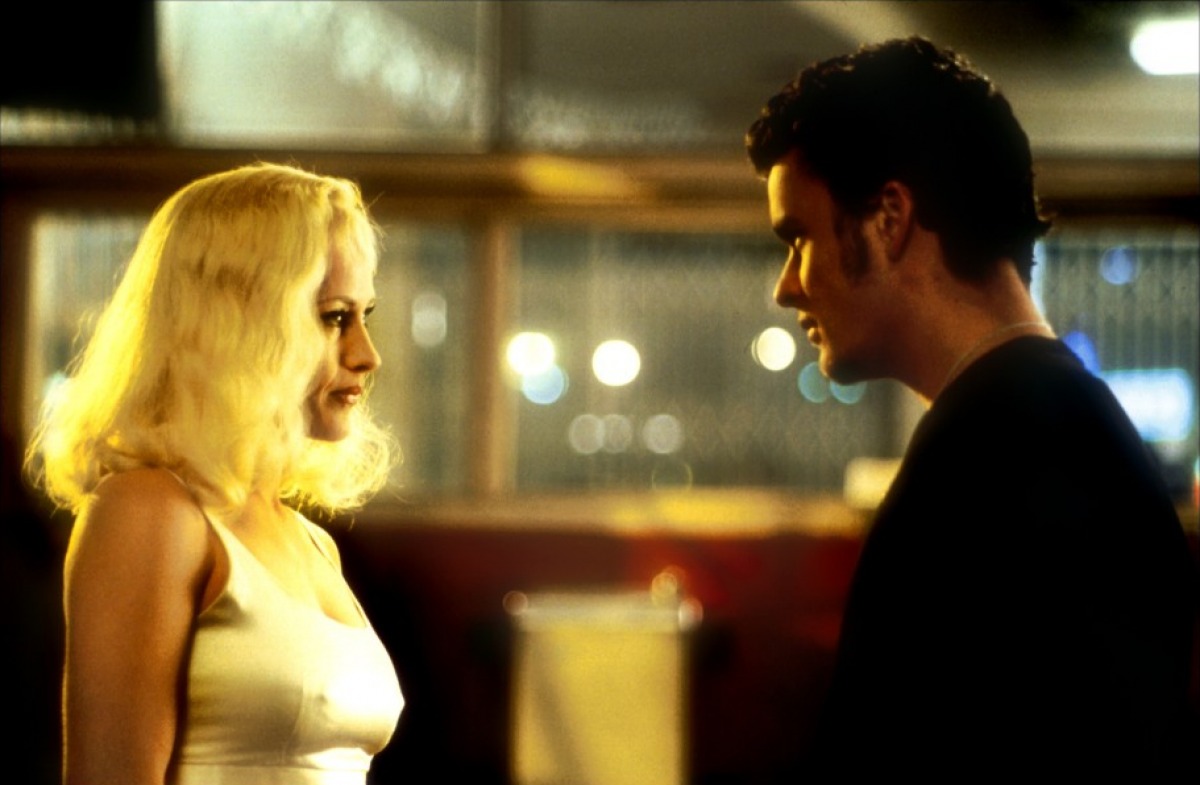
It goes without saying that David Lynch has always been an eccentric man and filmmaker, and movie buffs would not want him to be any other way. Lynch’s first feature was his self-made film “Eraserhead” that utilized eerie sounds and bizarre visuals with stark black-and-white cinematography.
Once “Eraserhead” gained Hollywood’s attention, Lynch got to make surrealist masterpieces such as “The Elephant Man”, “Blue Velvet”, “Wild at Heart”, and the television series “Twin Peaks”. Despite their Lynchian traits, the films he made in the 1980s and the first half of the 1990s had the traditional three-act structure most films have, which provided Lynch with a middle ground between mainstream and arthouse cinema.
However, Lynch seemed to return to films with less emphasis on a coherent plot and more focus on creepy visuals and dark lighting, starting with “Lost Highway”. This film is a wild ride of intense sex, violence, and eeriness where not everything makes sense.
How the protagonist transforms into another man with a completely different life is never explained, which is the start of Lynch’s theme of identity crisis. All of these plot devices and motifs were later used in “Mulholland Drive” and “Inland Empire”, showing Lynch’s future films were now more about how they make viewers feel than the plot.
3. There Will Be Blood (Paul Thomas Anderson, 2007)
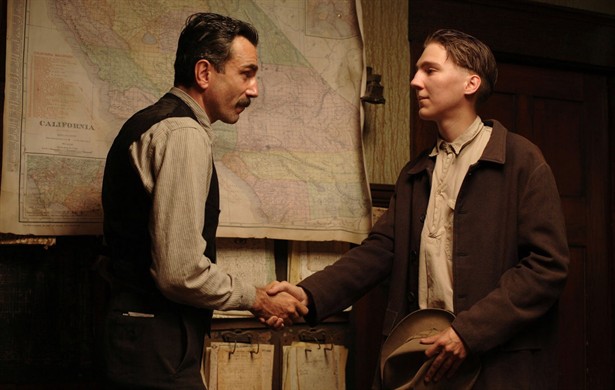
Paul Thomas Anderson’s first four feature films were all acclaimed, especially “Boogie Nights” and “Magnolia”, but Anderson became even more of a critical darling with the new direction his films took, starting with his Oscar-winning period piece “There Will Be Blood”.
Although the characters were important in Anderson’s previous films, it was with “There Will Be Blood” where the films became denser and less plot driven, demanding that viewers really pay attention to what is transpiring on screen. The sets became more elegant and the vibe was uncomfortable for both the characters and the audience, such as the dimness of The Cause’s base in “The Master” and the seedy side of the hippie era in “Inherent Vice”.
The emotions and motivations of the characters changed and showed the characters are deeply flawed people. Whereas Anderson’s earlier films were fast paced and the dialogue was spoken quickly, his latter films feel very drawn out and the dialogue spoken at a slower pace, both of which add to the bleakness of the plot and the situation the characters are facing.
The films were also period pieces. With the exception of “Boogie Nights”, Anderson’s films prior to “There Will Be Blood” had contemporary settings, but even then “Boogie Nights” has more in common with those Anderson films in terms of tone and filmmaking style than the latter films set in different eras. Anderson’s upcoming film set in 1950’s London shows that Anderson’s films will continue this trend.
4. Kill Bill (Quentin Tarantino, 2003)

It is no secret that the universe that Quentin Tarantino’s films are set in is a very movie-centric world, in terms of pop culture references and the mise-en-scene being reminiscent of other movies that Tarantino admires. While Tarantino’s first three films were violent and filled with movie references, they were firmly set in reality.
However, from “Kill Bill” onward, Tarantino’s films are set in a more movie-like world. They have become more stylized, more over-the-top, and less realistic, starting with “Kill Bill: Volume 1”. This gloriously violent revenge film combined the genres of martial arts films, grindhouse, Spaghetti Westerns, and blaxploitation. Obviously “Kill Bill: Volume 2” was going to directly continue this new trend, since it is the second chapter in the ‘Kill Bill’ saga, but it did not end there.
Tarantino’s earlier characters were criminals in 1990’s Los Angeles, but his future characters started having more extreme backgrounds and intentionally became more stereotypical movie villains, such as assassins, Nazis, slave owners, and outlaws in the Wild West. Their dialogue is longer and more drawn out, whereas the dialogue in Tarantino’s previous films were shorter and got to the point quicker.
The sets became more grander (and definitely more expensive looking), going from the gritty streets of Los Angeles to lush Japanese bars, Nazi-occupied France, 1860’s era cowboy and cotton picking towns, and the cold and isolated haberdashery in 1880’s Wyoming.
So, gone are the days of Tarantino films being set in the present day and being low budget; everything Tarantino has made since ‘Kill Bill’ will be gloriously violent and entertaining with big budgets to match such ambitious ideas.
5. Crash (David Cronenberg, 1996)
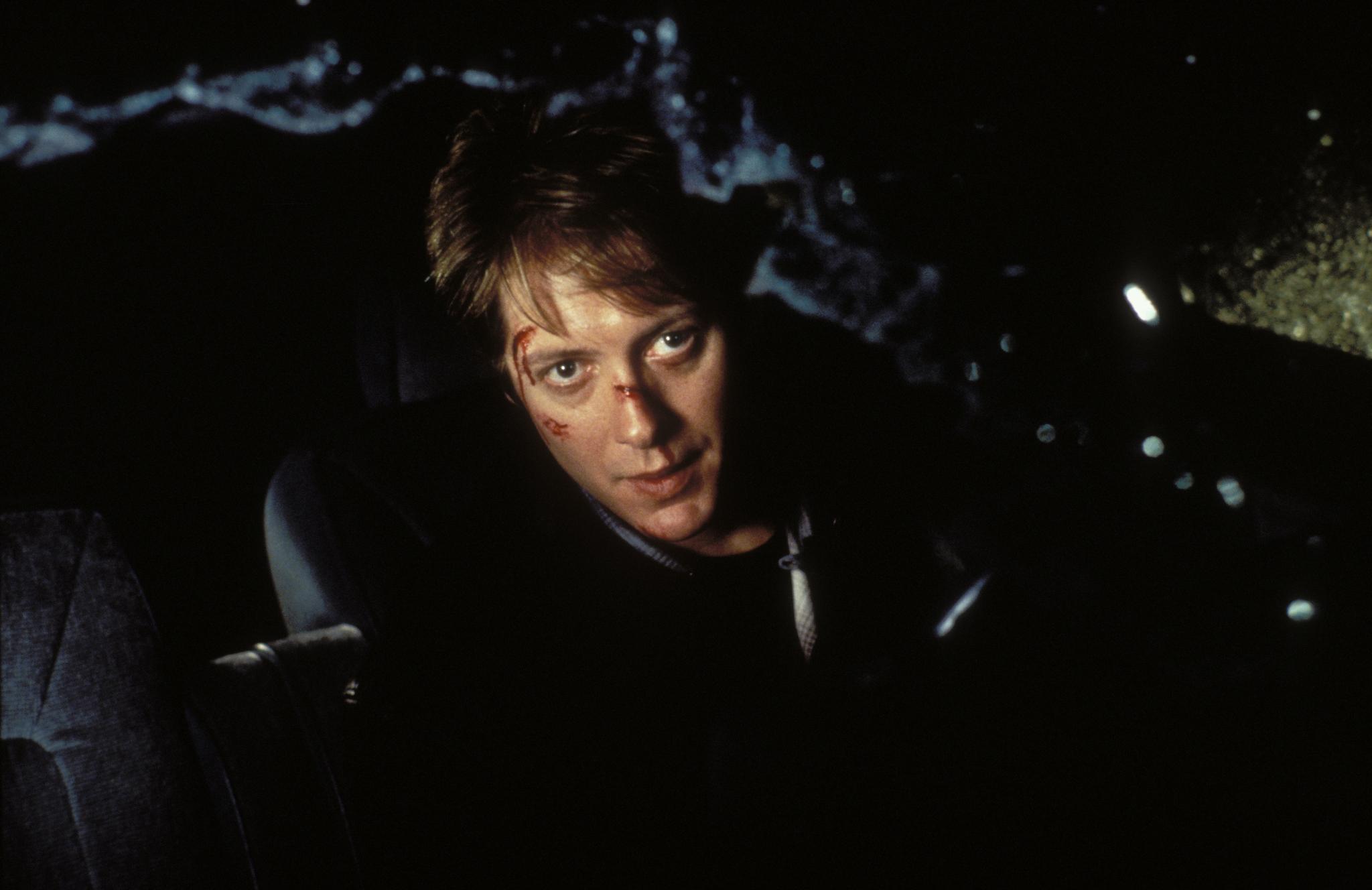
David Cronenberg started his directorial career making sci-fi thriller and horror films, such as “The Brood”, “Scanners”, “Videodrome”, “The Fly”, and “Naked Lunch”, all of which had grotesque creatures and deformed people that are unpleasant to the eye, yet were captivating at the same time. These films were set in a completely different reality to the real world.
However, Cronenberg turned to the arguably more disturbing world that is the real world with his 1996 film “Crash”, where a group of sexual deviants get aroused by fatal car crashes. There are no weird creatures or anything science fiction related in this film; the only monsters are the disturbed sickos that gain sexual pleasure from seeing damaged cars and bloodied corpses. This idea proved to be confronting to audiences, making “Crash” a controversial film upon its theatrical release.
While his more recent films are still gory and violent, instead of telling the stories of weird-looking creatures and people, his characters were sinister people.
Cronenberg’s future films would now be about the perverse nature of humans, such as mental illness in “Spider”, instinctive violent tendencies in “A History of Violence”, organized crime in “Eastern Promises”, and fragile psyches in “A Dangerous Method”. These subject matters are actually much more confronting than any of the unrealistic gore and gross creatures in his previous films.